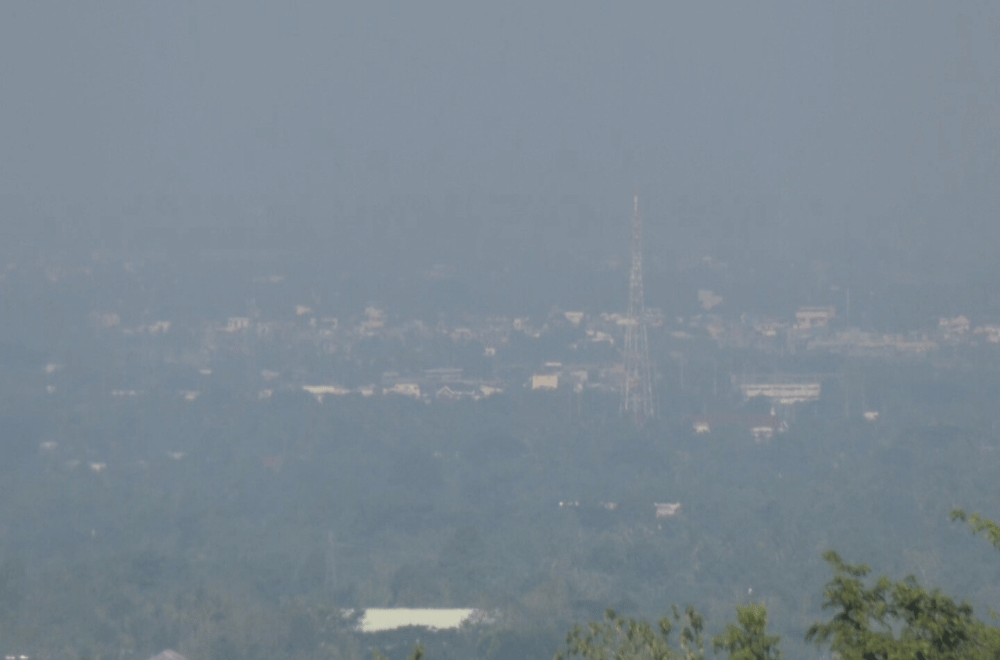Authorities have confirmed the presence of volcanic haze or volcanic particles from the phreatic eruption of Mt. Kanlaon, which mixed with the atmosphere and was carried by the southwesterly wind to the Bicol Region.
The Philippine Atmospheric, Geophysical, and Astronomical Services Administration (PAGASA) and the Philippine Institute of Volcanology and Seismology (PHIVOLCS) have confirmed that volcanic haze has reached the Bicol Region due to the prevailing southwest wind.
The dark haze, similar to what was observed in Naga City, Camarines Sur, was located at a distance of 1,000 to 1,500 meters below sea level.
The areas affected include the provinces of Albay, Camarines Sur, Camarines Norte, Masbate, and Sorsogon.
"Papataas siya hanggang 10 kilometers, nagsa-southeast siya, [then] east, [then] east-northeast; so ganun yung direction niya. So may possibility talaga siya na pwede talagang pinadpad yung ibang [haze]," Ruth Pacala, a Weather Specialist at PAGASA Southern Luzon Legazpi, said.
Roger Sabater, a resident, said he is concerned about the health risks of exposure to the haze.
"Syempre po delikado po baga yan sa mga may helang sa baga, sa may mga hika delikado yan," he said.
PHIVOLCS said the haze may pose dangers especially to individuals with respiratory ailments.
“May reduced visibility, and of course – yung in high concentrations na masakit sa lalamunan – sa respiratory system, maaaring hirap makahinga, and of course then mabaho siya," Dr. Paul Karlson Alanis, a PHIVOLCS Resident Volcanologist at the Mount Mayon Observatory said.
PHIVOLCS advised residents to wear face masks and remain alert at all times.
Mt. Kanlaon had a phreatic eruption on June 3, 2024 and emitted plumes that rose to 5,000 meters.
PHIVOLCS said the eruption lasted for six minutes and was followed by two volcanic quakes.



